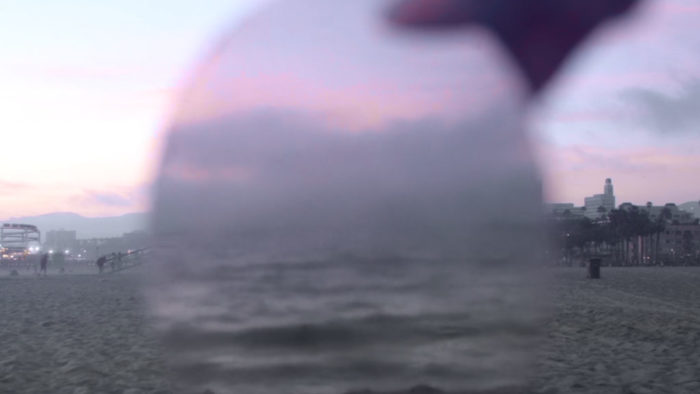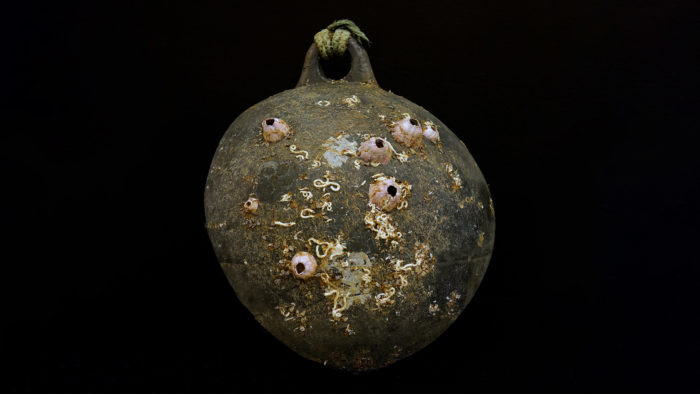Sequencing: Season 2

Sequencing came to fruition in early 2020, borne by the shared interest of Fulcrum Arts’ executive and artist director, Robert Takahashi Crouch, and then curator for special initiatives, Geneva Skeen, to create a digital platform that would stretch and deconstruct, if not explode, the standard limits of online publication, such that a conventional definition of the term publication might collapse. Pairing their aspirations with a desire to situate Sequencing at the forefront of curatorial discovery, Crouch and Skeen populated the platform’s deliberately non-linear and theoretically infinite table of contents with hybrid modes of expression commissioned from artists working in all manner of media. Thus, Sequencing became an emerging format for emerging formats that executed the very testing of limits that inspired the platform’s making.
Moreover—and in keeping with Fulcrum Arts’ mandate to provide a space for critical conversations and expressions at the convergence of art, science, and social change—the launching of Sequencing met a too common need to form equitable and dynamic opportunities for BIPOC, queer, and female-identifying people. By casting an inclusive net, promoting intersectional discourse, and fostering interdisciplinarity with commission-based artworks and writing for an experimental digital terrain, Sequencing presented a broad spectrum of ever-relevant topics. The commissioning process resulted in, among other provocative contributions, a choose-your-own immersion webpage that reflects the psychedelic nature of the internet itself, an investigation into the mythology surrounding a Hollywood-famous pre-Colombian object, a catalog of minerals consisting of human-mediated byproducts of geological intervention, and a autobiographical-theoretical query of native/non-native categorizations in the field of ecology.
Casting a wide net indeed.
The second season of Sequencing builds upon the important efforts set forth in the first. Discrete projects continue to anchor and enhance the platform’s repository, while a curator’s research program introduces an element of serialization to its profile. Season two opens with a personal and historical recounting of the shifting perceptions of disabled bodies (framed as an interactive storybook), which is followed by the first installment of a dispatch on monumental works of “vanity engineering.” Conceptual travelogues and meditations on liminal geographic spaces also appear. So does the promise of a little fun.
Always the question remains as to why a publication (as a webpage, an experiment in text and image, an online exhibition) is important. The answer is basic to this thing named Sequencing. For an organization like Fulcrum Arts—with its established history of facilitating artists projects, mounting exhibitions, and producing festivals by way of a nomadic methodology—publishing documents our thoughts, actions, and explorations as well as the temperature and texture of the moment during which they occurred. Sequencing is both the time capsule and palimpsest of a particular field of thought and play, cultivated by installments, always with an eye towards the always-overlapping-intertwined-altogetherness we strive to call the convergence of science, art, and social change. It is with Sequencing that we set our record.
Patrick J. Reed,
Curator & Editor
September 12, 2023

